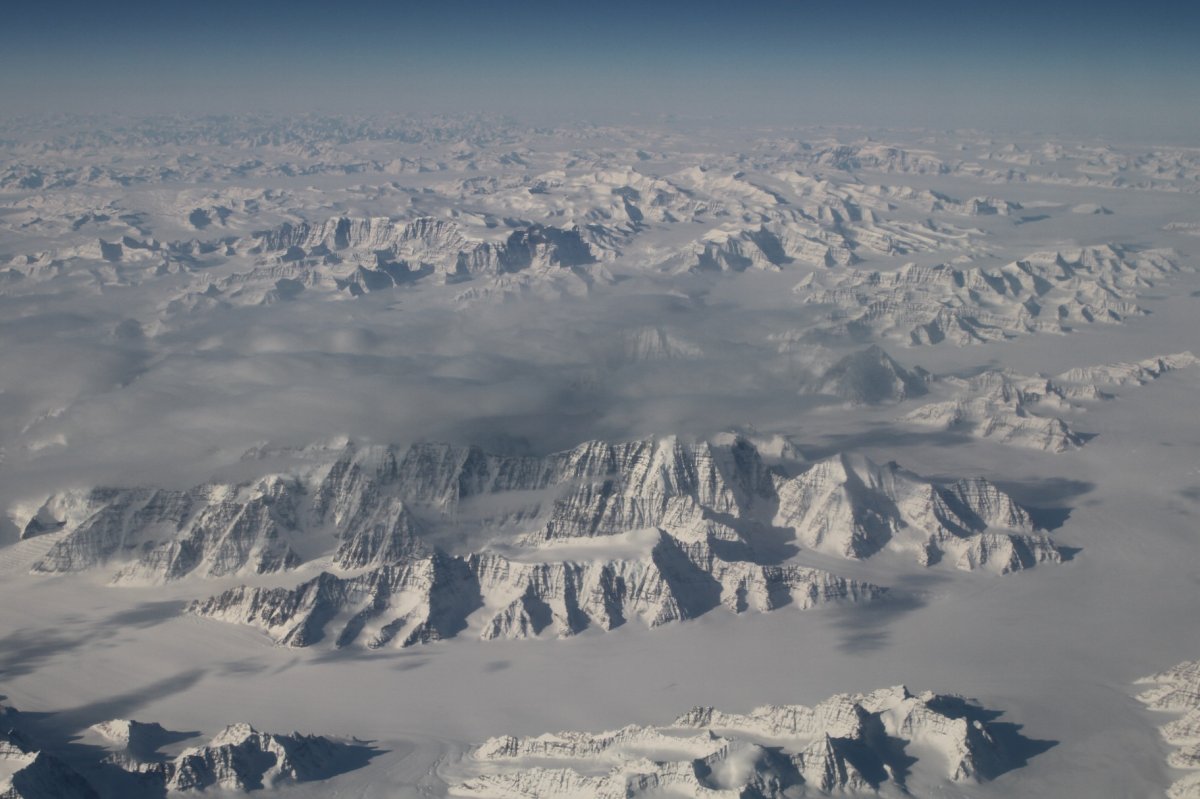Sunsettommy
Diamond Member
- Mar 19, 2018
- 14,892
- 12,526
- 2,400
Another stupid modeling construct based paper to put up with, they used the word irreversible several times, while completely ignoring the main cause of the melting.
Watts Up With That?
Claim: Evidence of Antarctic glacier’s tipping point confirmed for first time
13 hours ago
Charles Rotter
Excerpt:
Researchers have confirmed for the first time that Pine Island Glacier in West Antarctica could cross tipping points, leading to a rapid and irreversible retreat which would have significant consequences for global sea level
Researchers have confirmed for the first time that Pine Island Glacier in West Antarctica could cross tipping points, leading to a rapid and irreversible retreat which would have significant consequences for global sea level.
Pine Island Glacier is a region of fast-flowing ice draining an area of West Antarctica approximately two thirds the size of the UK. The glacier is a particular cause for concern as it is losing more ice than any other glacier in Antarctica.
Currently, Pine Island Glacier together with its neighbouring Thwaites glacier are responsible for about 10% of the ongoing increase in global sea level.
LINK
======
Stupid!
Watts Up With That?
Claim: Evidence of Antarctic glacier’s tipping point confirmed for first time
13 hours ago
Charles Rotter
Excerpt:
Researchers have confirmed for the first time that Pine Island Glacier in West Antarctica could cross tipping points, leading to a rapid and irreversible retreat which would have significant consequences for global sea level
Researchers have confirmed for the first time that Pine Island Glacier in West Antarctica could cross tipping points, leading to a rapid and irreversible retreat which would have significant consequences for global sea level.
Pine Island Glacier is a region of fast-flowing ice draining an area of West Antarctica approximately two thirds the size of the UK. The glacier is a particular cause for concern as it is losing more ice than any other glacier in Antarctica.
Currently, Pine Island Glacier together with its neighbouring Thwaites glacier are responsible for about 10% of the ongoing increase in global sea level.
LINK
======
Stupid!


